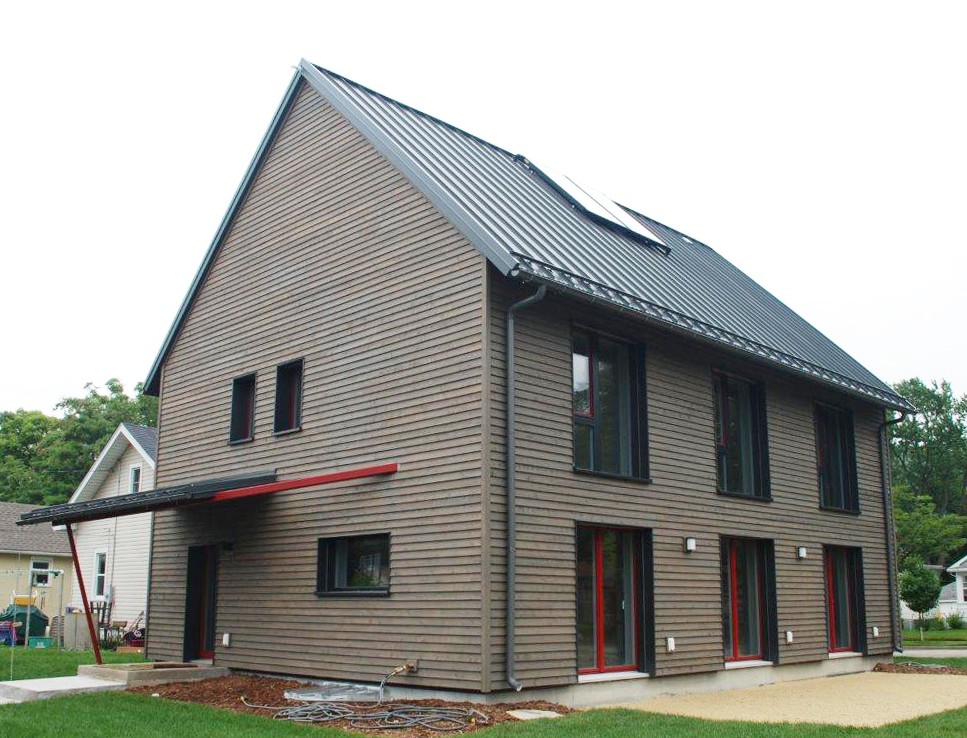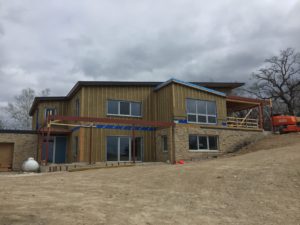 This Fine Homebuilding article by Mike Maines should be mandatory reading! We already know how to design and build homes that will meet projected 2030 energy codes. The urgency to build better is already upon us. Why would you settle for current code minimum when you can do so much better. The financial and environmental reasons are very compelling arguments for why we need to change the way we design and build our homes. According to Maines,
This Fine Homebuilding article by Mike Maines should be mandatory reading! We already know how to design and build homes that will meet projected 2030 energy codes. The urgency to build better is already upon us. Why would you settle for current code minimum when you can do so much better. The financial and environmental reasons are very compelling arguments for why we need to change the way we design and build our homes. According to Maines,
Energy Efficient Upgrades
I’ve always believed that energy efficient upgrades will recoup their value only if the real estate industry has a system to identify and appraise such improvements. I’m happy to know that there’s a growing trend in the real estate industry to make energy upgrades visible. Energy disclosures are now a common practice in cities like Berkeley, California, and Chicago. Check out this article from in Salon for more basic information.
What is it like to live in a Passive House?
Ever wondered about what it feels like to live in a Passive House? There are certain emotional and health benefits that go beyond the design of the structure.
Check out this new post from one of my favorite sites, www.greenbuildingadvisor.com.
Interview with a Canadian Passive House Consultant
If we are going to makes advances in energy efficient designs educating future homeowners and contractors is the first step. As a Certified Passive House Consultant I look forward to filling the role of educator here in Madison. In the mean time I highly recommend this interview with Passive House Consultant Natalie Leonard as she discusses designing in cold northern climates.
LaCrosse WI is on track for a certified Passive House
Congratulations to the team in LaCrosse working with the students of Western Technical College. The College’s SwiPHt program is taking a proactive approach in demonstrating the benefits of high performance residential construction through a hands on program. If only I was closer to LaCrosse I would definitely want to be a part of this exciting endeavor. Read more about the project in the GreenBuildingAdvisor.com article.
Portland Passive House
In Situ Architecture have completed a new Passive House that demonstrates how simple forms and beautiful material pallets can result in an energy efficient and joyful home! This project takes a different approach to shading. Rather that incorporating expensive overhangs, check out the trio of images that show how external blinds can be used to keep out unwanted heat in the summer. The Houzz House Tour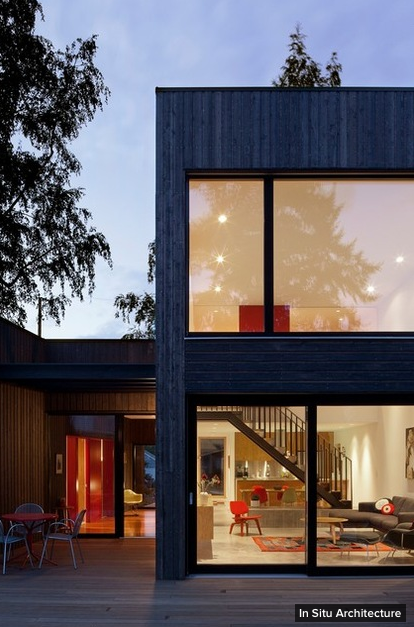 offers a nice introduction to this project.
offers a nice introduction to this project.
High Efficiency Heat Pumps
Vermont just passed new legislation that provides rebates for the installation of high efficiency cold weather heat pumps. This type of heating and cooling system sometimes called a ductless mini-split can offer substantial cost savings over traditional forms of heating and cooling. In a Passive House you combine the inherent efficiency of the equipment with the efficiency of the building envelope and your energy costs are even more controlled. Read more about this breaking news in a blog post from GreenBuildingAdvisor.com 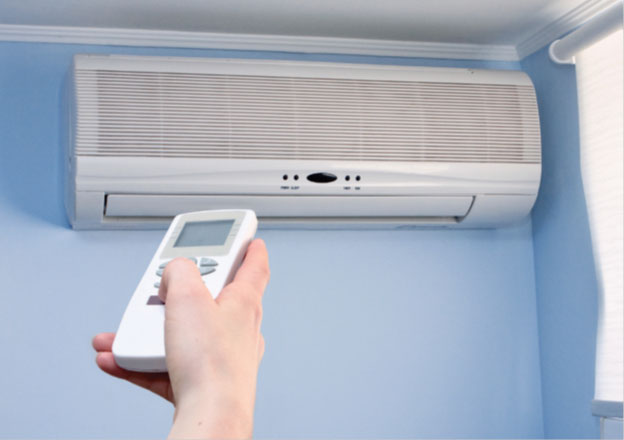
Why am I so excited about Heat Pump Clothes Dryers?!?
Back in the 1990’s Europeans invented a type of clothes dryer that until now we have not been able to purchase in the USA. It’s called a Heat Pump Dryer (not to be confused with those Condensing Dryers that everyone complains about). The technology behind aHeat Pump Dryer allows one of the most energy guzzling appliances in your house to become one that can proudly wear the EPA Energy Star Sticker. But why do I love it! THIS KIND OF DRYER DOES NOT VENT TO THE OUTSIDE. This means no energy loss through the vent pipe to the outside.
To read more about this story and the learn a bit about the technology check out this article from GreenBuildingAdvisor.com.
It is estimated that the first model will be in the USA by the Summer from LG and cost approximately $1500. Yes, this is a big investment, but it allows the air-tight Passive houses to function and you can still get your clothes dry fast!
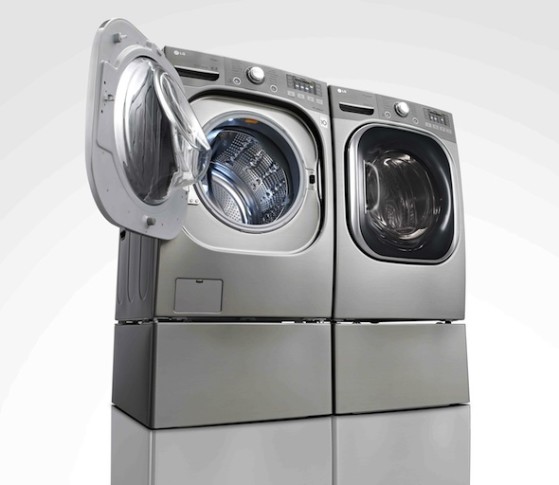
Inspirational quote for today
“It’s not about the energy! The best way to get an energy-efficient building is to make a good building—that is, design and engineer it well, make it comfortable, and build it well. If you do, the energy efficiency will be there—almost by leaving it out of the picture. The problem is, if you’re focusing on energy efficiency by itself, it’s too one dimensional. Get a really well-performing building—healthy, safe, comfortable, and durable—and the energy efficiency comes.” Joe Lstiburek PhD, PE from Building Science Corporation
A Passive Houses Breathes
A Passive House experiences 7 complete air exchanges in every 24 hour period! That’s a lot of clean fresh air
When I speak with builders about the Passive House Standard they stop me in my tracks as soon as I mentioned that these buildings need to be virtually air-tight. “But doesn’t a building NEED to breathe? Don’t you know about the dangers of building too tight!?!”
You can open the windows in your Passive House whenever you want, just as in a regular house. But let’s consider the hot humid summers and cold winters when the windows are typically closed….how does a typical house “breathe” during these months as compared to an airtight construction?
People need fresh air inside their buildings, but let’s think about how we bring that air indoors. When the wind blows around a typical house negative pressure causes the outside air to infiltrate through “cracks” in the building envelope, typically around window and door frames or up from the crawl space. There is a scientific approach to measuring just how much air infiltrates through these cracks – it is called a blower door test. Houses built in the 1950’s and 1960’s might measure 10.0 air changes per hour (ACH) on such a test and are considered very leaky (it is very difficult for the house to hold not the heat you generate). New houses built to current energy conservation codes aim for air tightness levels around 3.0 ACH. Why then are builders alarmed when I say that a Passive House aims for 0.6 ACH? Because at 3.0 ACH there are still enough cracks in the construction for outside air to infiltrate when the wind blows. However, by relying on outside air infiltration you also invite air pollutants, allergens, humidity, and of course the temperature extremes.
To address concerns about indoor air quality and thermal comfort, many new houses include Energy Recovery Ventilators (ERV) as part of the mechanical design. The system provides continuous fresh air ventilation without sending out significant heat or coolant with the exhaust air. The fresh air intake can include MERV 13 or HEPA filtration and humidity control.
With a Passive House you depend on mechanical ventilation, but have the freedom to eliminate the traditionally large furnace and air conditioner. Building to the Passive House standard is an amazing opportunity to reduce the building’s carbon footprint while dramatically improving indoor air quality.

